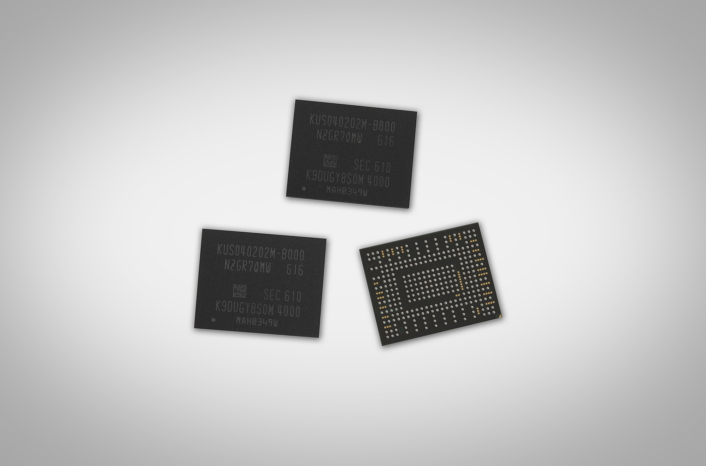
Samsung is aiming its new PM971-NVMe drive for use in next-generation PCs and ultra-slim laptops.
Check out the dimensions – it’s just 20mm x 16mm x 1.5mm and weighs a single gram. Samsung proudly notes that an American dime, by comparison, weighs 2.3 grams.
To give you even more of an idea of what Samsung has created here, the volume of the new SSD is about a hundredth of a 2.5” SSD or HDD, while its surface area is about a fifth of an M.2 SSD, “allowing much more design flexibility for computing device manufacturers,” the tech giant said in a release.
Read and write speeds reach up to 1,500MB/s and 900MB/s, respectively, offering the ability to transfer a full-HD 5GB video movie file in a mere three seconds.
Jung-bae Lee, senior VP of Samsung’s memory product planning and application engineering team, said the new small-scale SSD “will help global PC companies to make timely launches of slimmer, more stylish computing devices, while offering consumers a more satisfactory computing environment.”
The new component, on the face of it, hits all the right buttons and is set to grab the attention of tech manufacturers looking to build ever-thinner machines for consumers on the hunt for more portable, ever-lighter products.
Samsung’s new PM971-NVMe SSD line-up comes in 512GB, 256GB, and 128GB flavors, and begins shipping globally in June 2016.
Editors' Recommendations
- Samsung reaches new heights with this SSD, but it could go even higher
- Samsung’s new external SSD is the size of a business card


